法国来美ETT | IKA德国艾卡 | ETT中国易测 | Caframo加拿大搅拌器 | HACH美国哈希 | ORION美国奥立龙 | EUTECH美国优特 | MN德国环保仪器 | JENCO美国任氏 | HANNA意大利哈纳 | YSI美国金泉 | Advantech美国先进 | ASM825A滑度仪 | AFT DENSITRAK美国德恩斯 | Anton Paar奥地利 | ATAGO爱拓 | AFG德国阿福气 | ALP奥谱 | Aqualab美国阿夸莱博 | Agilent美国安捷伦 | BRAND德国 | Biohit芬兰百得 | Binder德国宾得 | BROOKFIELD美国 | Bruker德国布鲁克 | BYK德国毕克 | BUCK美国博科 | CANNON美国佳能 | COPLEY英国科普力 | CK德国皮肤仪器 | cofo意大利 扩福 | CONSISTOMETER英国 | Cecil英国塞西尔 | DIONEX美国戴安 | Dragonlab美国大龙 | DeFelsko美国迪夫斯科 | Decatur SVR美国 | DunlopK laxon英国 | DENVER德国丹佛 | ECOM欧盟易控 | English XL VIT | Eppendorf德国艾本德 | Elcometer英国易高 | Erichsen德国仪立信 | Eyela东京理化 | FOSS福斯 | Fakopp匈牙利法廓博 | Fungilab福来 | Global Water美国 | Gardco美国加德纳 | Grant美国格兰特 | HORIBA堀场 | HAAKE德国哈克 | Haier中国海尔 | HILTI喜利得 | Hydramotion英国 海默绅 | Inspector美国探索者 | KETT楷特 | JULABO德国优莱博 | JUN-AIR丹麦 | KRUSS德国科里斯 | KANE英国凯恩 | 科尼卡KONIK | K-MAC韩国 | Lovibond英国罗维邦 | L&W 瑞典 | Leica德国徕卡 | LEEMAN美国利曼 | Metrohm瑞士万通 | Milestone 意大利 妙斯通 | Malvern 马尔文 | MEMMERT德国美默特 | Millipore美国密里博 | micromeritics美国麦克 | Mitutoyo日本三丰 | METTLER瑞士梅特勒 | NOVASINA瑞士诺斯纳 | Nabertherm德国纳博热 | NOVO英国 | Nicolet美国尼高力 | Norman tool美国诺曼 | NICHIRYO 立洋 | Optimelt美国 | OLYMPUS日本奥林巴斯 | Ohaus美国 奥豪斯 | proRheo德国宝罗 | PE 美国 | pfeuffer德国服福 | poly魄力 美国 | QUANTEK美国全特 | Rudolph美国鲁道夫 | REL英国 | Red Devil美国红魔鬼 | Retsch德国 | Rheo美国流变传感器 | Reichert美国 籁科特 | Sanyo三洋 | Shimadzu岛津 | Sartorius德国赛多利斯 | Sheen英国 顺 | SPF美国奥谱美特 | Sherwood英国舍吾 | systec德国 | Sentron荷兰绅通 | Spectro德国斯派克 | SYSTEC德国西泰 | Sigma德国西格玛 | The-Lab美国 | thermo美国热电 | TESTO德国德图 | Taber美国特贝尔 | TA美国 | Weller 英国伟勒 | WTW德国 | WISD德国 明智 | WACO美国沃克 | waters美国沃特斯 | IGT 荷兰 | X-RITE美国爱色丽 | 国产品牌 | 造纸仪器 | 试剂耗材 | VISIA美国 | VISCO粘度科技 | Younglin英麟 | 其他品牌 |




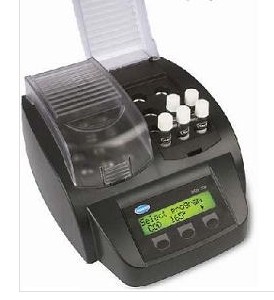
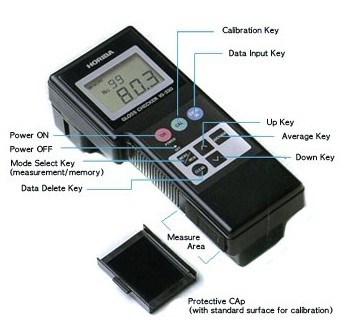
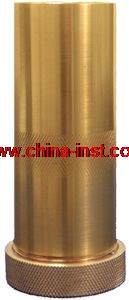


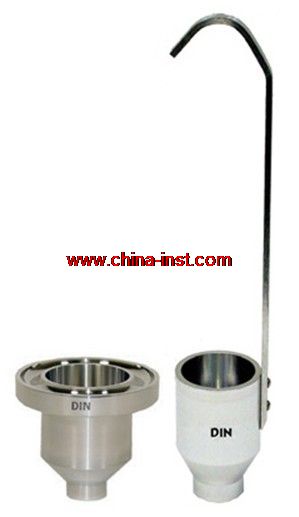

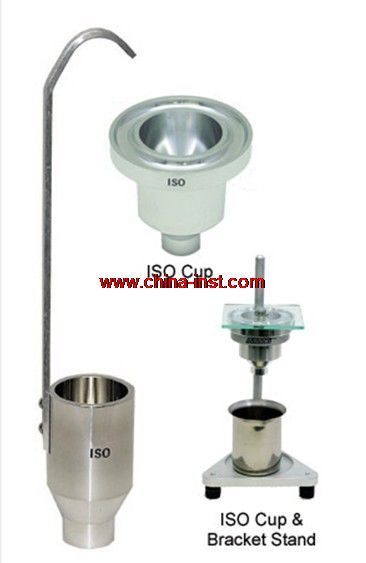
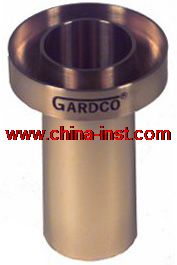
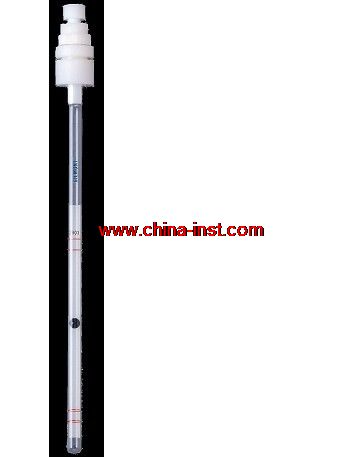

 MSN客服
MSN客服
